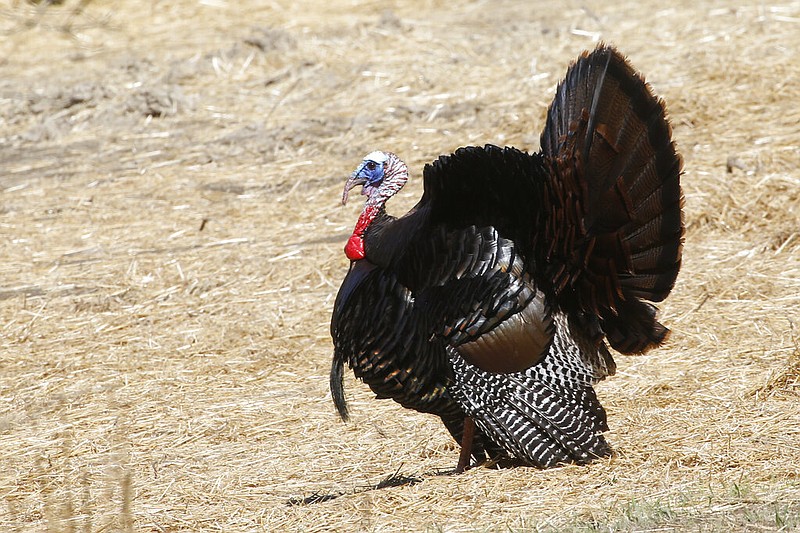The man who taught me most of what I know about turkey hunting, always told me, "I don't want to hear any sad stories." But every turkey hunter knows, if you hunt long enough, you'll have "one that got away." Those are the ones you never forget.
The 2020 spring turkey season proved a lot like the rest of that troublesome year, frustrating and out of the ordinary.
Unlike years past, I hardly heard a gobble in the woods before opening morning, so knowing where to set up remained elusive. Still, experience told me where they should be from seasons past, so I persisted in returning to those formerly favored spots listening for a gobbler to announce his whereabouts.
It was quiet as usual again that fateful Tuesday until 7 a.m. when he let loose with a gobble to my east. I was set up on the edge of a dim trail just off a wide-open logging road running through a 200-acre tree farm. I answered him, and he responded enthusiastically. Over the following three hours he must have gobbled 100 times.
From 7 to 9:30 he managed to walk past me three times, from east to west, then west back to east and east to west again. Each time I expected to see him strutting down the logging road that I was watching from my hidden vantage, but he never appeared.
When he gobbled just before 10, I estimated he was 100 yards up the logging road to the west, so I made a low scurry across the road 20 yards deep into the piney woods and set up facing his direction.
I settled in and waited patiently. He didn't disappoint with another loud report. I answered him once, and he double-gobbled. I lay down my box call and readied the shotgun on an upraised knee. As I expected, he shut up after that final response. I knew he was on his way. Sure enough, after 10 minutes his bright red head came slipping through the thick underbrush beneath the pines.
I trained my bead on his bobbing cranium, following his progress from 20 yards away. Just before he stepped behind a clump of thick brush that was about to block my shot, he raised his head slightly above the undergrowth. I made an instant decision to pull the trigger.
To my surprise he spun and began to run back from whence he'd come. I quickly squeezed the trigger again, sending him into flight. He sailed broad-chested 20 feet above me. Following his winged escape with my barrel, I fired again, certain that third shot would fold and drop him. It did not, it didn't even appear to knock a feather.
That sinking feeling settled over me as I walked the length of a hardwood strip along the stream bank toward where he flew, searching the treetops for the stunned gobbler. I knew I'd hit him if not once, all three times.
I stopped and listened closely, thinking perhaps I heard the ruffling of feathers. But the voice of self-incrimination filled my head, pushing aside rational thought. Disgusted, I slung my shotgun and began the long walk of shame back to the truck.
Frustrated, I didn't revisit the spot for a couple of days. Finally, on Friday, coming in from the opposite direction, I walked toward the place where he got away. The rest of the "sad story" soon became obvious as I discovered a pile of turkey feathers next to the trail. He had sailed 100 yards over a thicket from where I shot, crashed into the brush next to the trail and flopped around in his death throes.
Lesson hopefully learned: Whatever your sport, stay calm and get your head back in the game. I should have let my instincts take me in the direction where I thought I heard faint rustling in the brush. Instead, I let an unfortunate instant shake my confidence and break my concentration.
-- Richard Ledbetter is a freelance writer for The Commercial.
